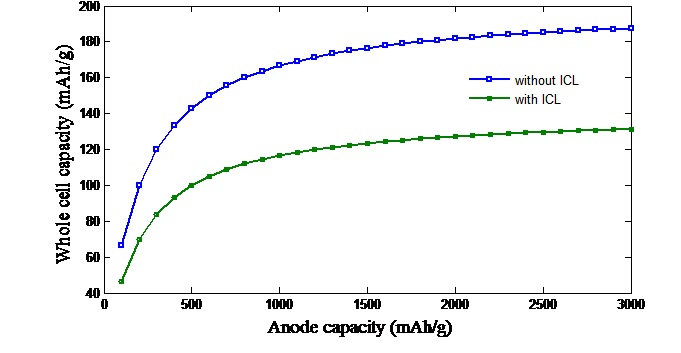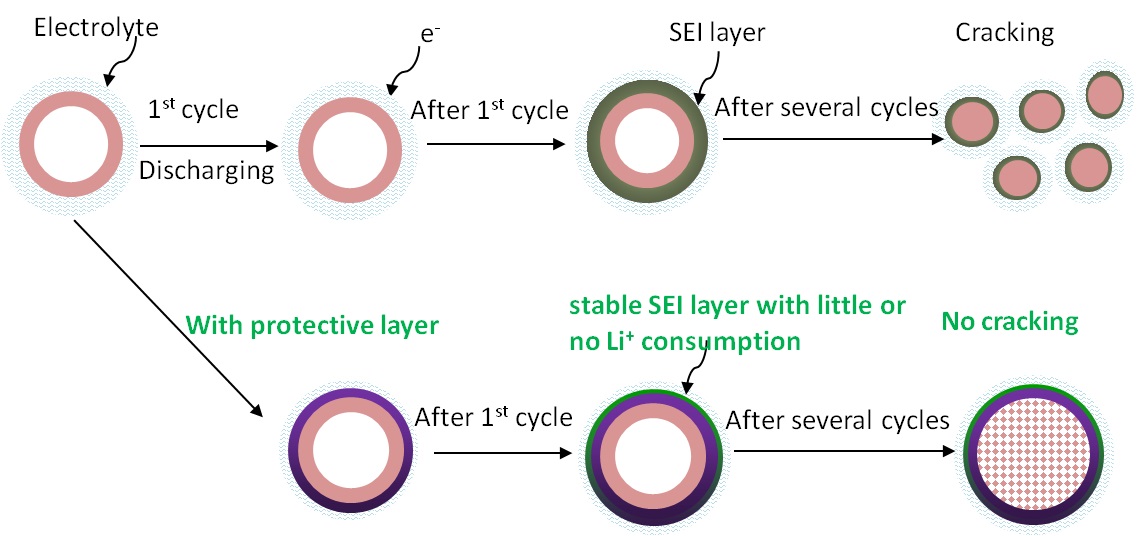|
Research Fellow 2012-2015
CONTACT
EDUCATION
Ph.D., Depart.
of Chemical & Biomolecular Engineering, NUS, 2012
M. Sc., college of science, Harbin Institute of Technology,
2008
B. Sc., college
of science, Harbin Institute of Technology, 2006
RESEARCH
INTEREST
One of the
greatest challenges in applying a high capacity anode
material is to overcome the initial irreversible capacity
loss (ICL) problem. A large ICL is not acceptable in
practice because it consumes a large amount of lithium ions
from the more expensive cathode materials, leading to the
increased usage of the latter. The main objective is to
alleviate the ICL of high capacity lithium ion battery anode
materials. Tin-based anode materials; which have a high Li+
storage capacity (Sn:
992 mAh/g with stoichiometry of Li4.4Sn)
and are relatively easy to synthesize by environmentally
friendly methods from low cost resources; are the target
anode material. The principal strategy to mitigate the large
ICL of tin-based particles is to form an effective
protective layer on them. The protective layer should
minimize the direct contact between tin-based particles and
the electrolyte which is the cause for the large ICL.
On the other hand the
coated composite anode materials should retain the high
capacity and cyclability of the protected core materials.

Fig 1.
Illustrative relationship between the specific capacity of
the full cell and the specific capacity of anode.

Fig 2. Schematic illustration of hollow
tin oxide nanoparticles with and without protective layer.
| 
